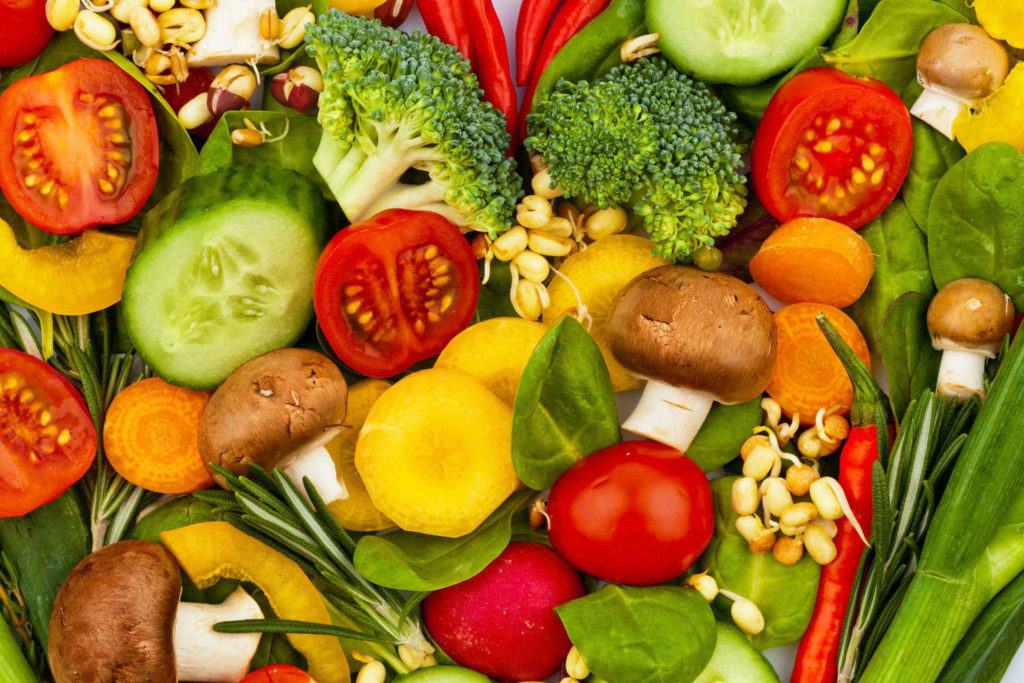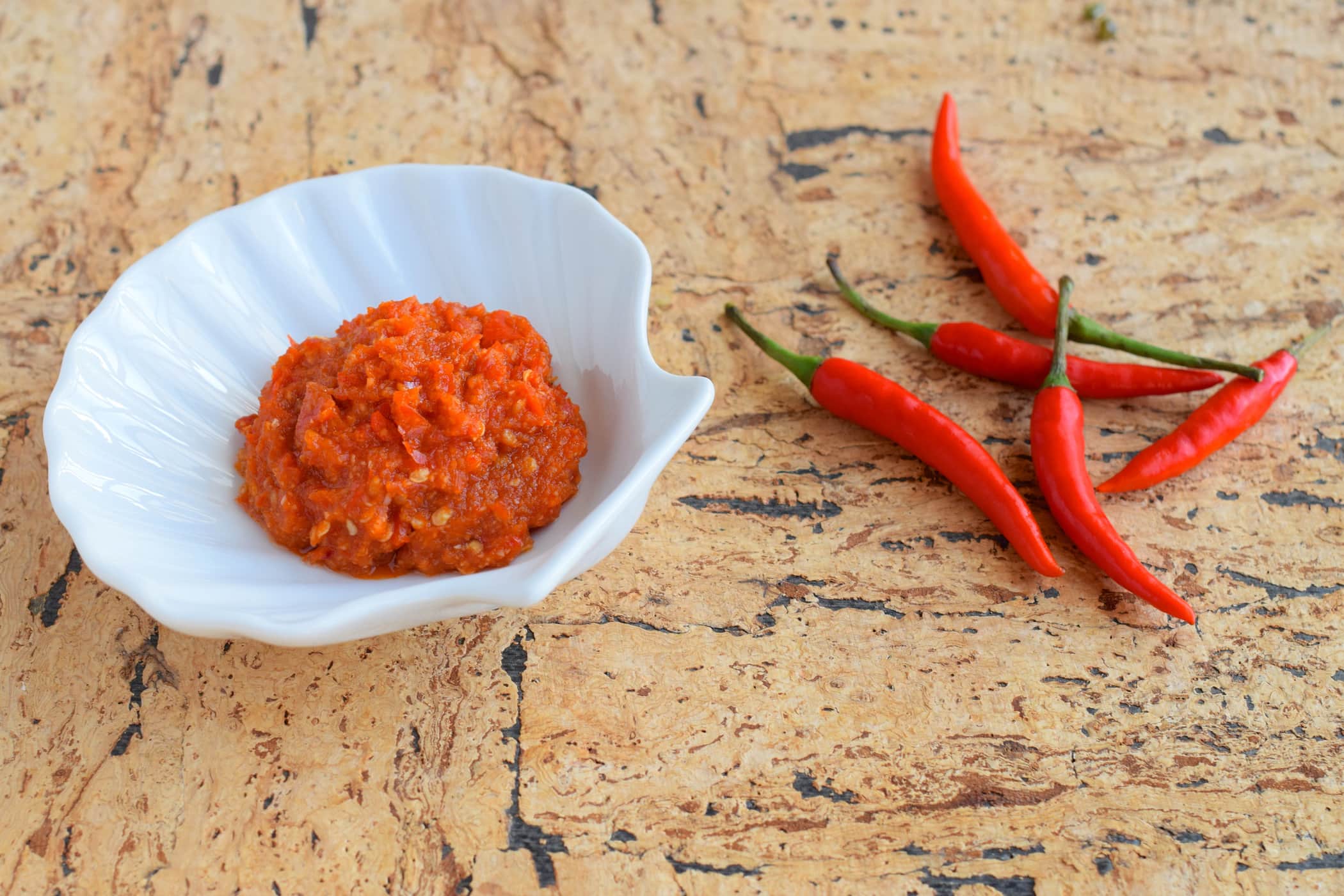Contents:
Medical Video: From Puree to Finger Food - How to introduce texture in Baby Food
The first food given to babies must be easy to digest and not trigger an allergic reaction. Avoid using salt or sugar and keep baby food tasteless. Salt can harm baby's kidneys, while sugar can encourage a child's desire to eat sweet foods.
During the first few weeks, it is not recommended to provide food other than baby rice mixes with mashed fruit or vegetables. After weaning, the mother can find a variety of foods that may not be acceptable to the baby's body. However, mothers may find it difficult to determine which ingredients cause problems when food is mixed together.
Vegetables from root bulbs are good weaning foods because they contain natural sweetness and have a soft texture when crushed. Vegetables that you can try, including carrots, potatoes, sweet potatoes, butternut squash (a type of pumpkin), rutabaga, and parsnip.
- Carrots are vegetables that are rich in beta-carotene and vitamin A. The content of beta-carotene is more common in older and darker carrots. Carrots are best used as weaning foods, because babies love the natural sweetness of these vegetables.
- Pumpkin easy to digest and rarely cause allergies. This vegetable can be a good source of beta-carotene.
- Radish contains fiber, starch, antioxidants, vitamin C and vitamin E.
- Sweet potatoes are divided into two types: orange bulbs and creamy tubers. Both have red skin and both contain potassium, vitamin C, and fiber. However, orange bulbs are an excellent source of beta-carotene, so they tend to be chosen more often by mothers. Beta-carotene in these tubers can prevent certain types of cancer and counteract free radicals.
- Besides yams, zucchini is also a source of beta-carotene. Most of the nutrients from this vegetable are located on the skin, so the mother is not advised to peel it.
- Potatoes contain vitamin C and potassium. Potatoes can be combined with various other vegetables for children's food.
- Another important thing is broccoli. Broccoli is superfood because it contains a myriad of nutrients such as vitamin C, beta-carotene, folic acid, iron, potassium, and anticancer phytonutrients. The most appropriate way to process broccoli is by steaming or roasting using a microwave. Boiling broccoli is not recommended because the vitamin C content in this vegetable will be carried away by the cooking water. If the baby is not interested in broccoli, you can mix it with sweet vegetables such as sweet potatoes, rutabaga, or pumpkin.












